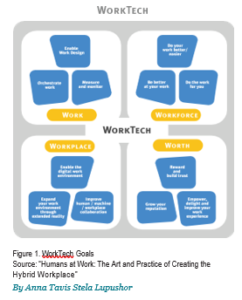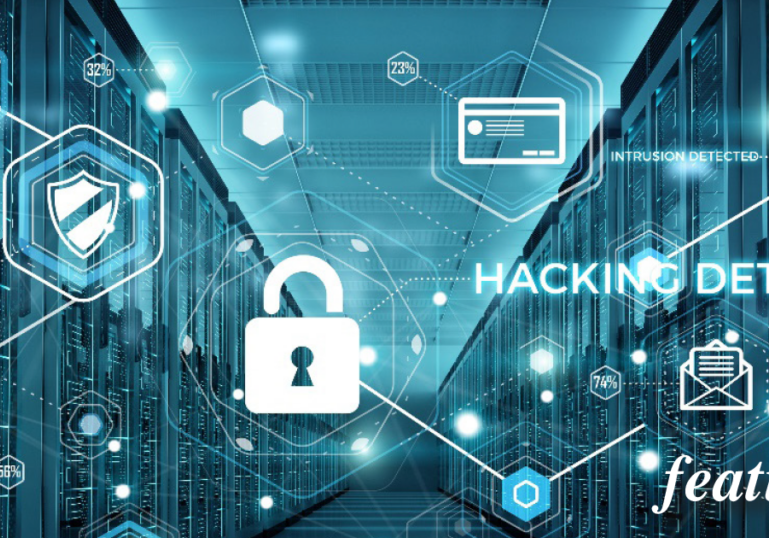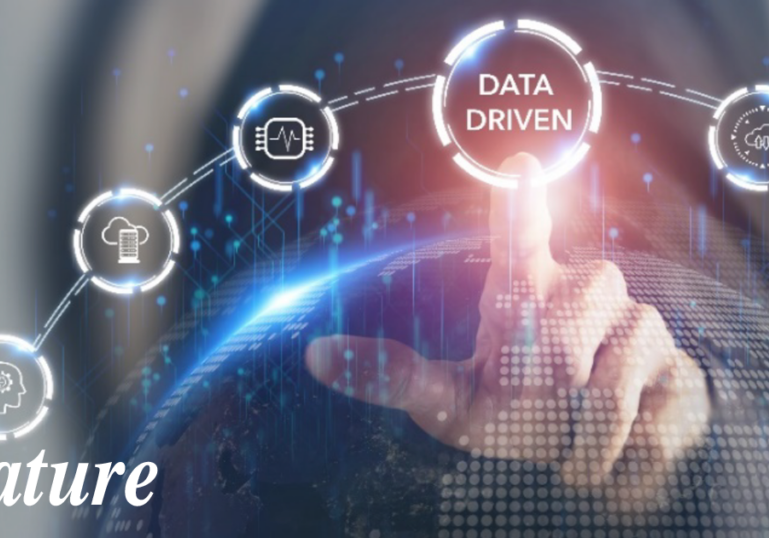Austrian philosopher Ludwig Wittgenstein said, “To understand is to know what to do.”1 What is “workplace experience,” and why should anyone care? The following is a simple example that helps deconstruct the definition of workplace experience:
Scenario 1: It is a hot and humid Tuesday morning in July. You walk into the building after an hour-and-a-half-long drive in heavy traffic, sweaty and exasperated, only to find a long security line. You are one minute late for your meeting, but you have no choice other than to queue up. The security guard captures the unhappy look on your face, and now it’s imprinted on the badge you’re going to display all morning. A slow elevator finally takes you to the 12th floor, and by the time you find the conference room you need to be in, you’re five minutes late. The client team is already sitting and chit-chatting while you fumble with your cables and dongles, trying to get your laptop connected and fired up. While someone is fetching a Wi-Fi guest password for you, you’re praying that your laptop battery will hold up for the duration of the demo. Seven minutes past the start of the hour, and you’re connected. Now you are furiously entering all the passwords to all the systems that provide the data to the application you will need to demonstrate. How you wish you could start the day over!
Sounds like a scenario that could easily happen to anyone. It is too common, and everyone can relate to such situations where technology that was supposed to make life easier gets in the way of productivity.
Scenario 2: It is a hot and humid Tuesday morning in July. You walk into the building after your 45-minute commute, that can often take an hour and a half. Your smart car found an alternate route through back roads that bypassed all the traffic on the bridge. You walk into the building, and the security guard smiles at you while you retrieve and scan your pre-registration QR code on your phone. You then receive a notification that elevator D will take you to the 12th floor, and when you arrive at the elevator bank, indeed, elevator D has its doors open and swiftly takes you to your destination. The voice-enabled building map on your phone guides you to the conference room where your big demo day will take place. You take a deep breath, inspect the room, walk to the podium, and pull up your phone, which automatically connects to both the wireless network and to the projector in the room. You fire up the app you’re about to demo, log in to it with your Face ID, and once you see the projector display the image on the wall, you know it will be a great meeting. You can pause the screen, put your phone down, and spend the rest of the time welcoming and connecting with the client group that is slowly starting to walk in. You are calm, confident, and ready to wow them…with time to spare!
Is there a difference in these scenarios? Sadly, scenario #1 appears to be more likely to be experienced than scenario #2. There are multiple ways of achieving a better experience at work. The Pandemic proved the importance of humans in the ability of organizations to survive and pivot during crisis times. It also proved the fragility of the current workplace design, norms, and systems. With the emergence of new technologies, analytics, and design methods, workplace experience is becoming a new organizational priority. With this in mind, the definition of workplace experience2 is the cumulative experiences workers have with an organization before, during, and after their employment journey, designed to maximize organizational and individual success.
“WorkTech”
The term WorkTech is entering our vocabulary. It is a technology cluster that aims to improve or expand the human abilities and interactions in the workplace. WorkTech is to be distinguished from HR Tech, which is primarily focused on the improvement of Human Resource processes and activities. WorkTech is also broader than enterprise technology since the workplace is broader than the physical office space or enterprise software stack.
WorkTech is focused on the human side of work, on the individual worker, and combines the hardware, software, and wetware (human brains)3 to create the optimal environment for that individual to accomplish their goals while maximizing the positive experience. When humans have that optimal environment, the organizational success becomes a natural outcome4 of this reconfigured Human-Cyber- Physical System.
Specifically, WorkTech technologies can be grouped around the following four workplace experience goals.

WorkTech Enablement of Workplace Experience Goals
Aligned to Goal 1: Orchestrate Work are technologies that enable work design and execution. Included are technologies such as marketplaces, smart contracts, and AI models that process large datasets and support workflow optimization and a variety of predictions. Work activities (job descriptions, project descriptions, SOW, contracts, etc.) can be deconstructed into units with a distinct scope of work and allocated to a team with the most optimal mix of skills and capabilities; constraints such as pricing limits, the timeline of the project and availability of the work requester, quality expectations, location where the work needs to get done can be managed; the quality detection of work product can be automated, speed of finishing the task can be predicted; patterns in work can be monitored and risks such as the likelihood of missing a deadline, running out of budget can be minimized.
The technologies aligned with Goal 2: Enable the Workforce encompass tools that help workers work better, do their work better, or even take over the work altogether. This category includes productivity tools, team collaboration, time tracking, file hosting and synchronizing across collaborators, content change detection, password vaults, and RPAs, which are a form of business process automation using automation agents such as software robots (bots) or artificial intelligence (AI), voice recognition, machine vision, and chatbots. In this group, there are also technologies that take over activities that might be unsafe, routine, or require a high level of effort from a human (robotics, bionic augmentation, autonomous mobility, synthetic media, synthetic voice, and writing).5
The technologies supporting Goal 3: Optimize Workplace integrate the physical and digital workplace. Such technologies enable and expand the digital work environment, to improve human/machine/workplace collaboration. Included are devices, sensors, location data, 5G and 6G networks, data storage, and processing, augmented reality (AR), virtual reality (VR), and mixed reality (MX) where virtual information and objects are overlaid and coexist with physical objects or a simulated digital environment is experienced via a headset or head-mounted display, haptic technologies that use forces, motions, and vibrations to allow users to create a touch experience (3D touch), interfaces (multipoint capacity touch, voice interface, touchless gesture interactions, bionic limbs, brain-to-text interface), ambient intelligence technologies (wayfinding), which are navigation apps that help discover and navigate the physical and digital workplaces (think Waze for the workplace). Technologies supporting Goal 4: Maximize Value/Worth enable work requesters and work doers alike to maximize the value that is created for everyone involved. These are technologies that reward and build trust, empower, delight, and improve work experience, and grow and improve the digital identity of work entities. Included are blockchain, smart contracts, smart payments, biometric and haptic activations that trigger events or processes by simply waving, digital badges (validated indicators that certain criteria have been met such as task performed, skill acquired, deliverables built to quality), credentials and certifications all bringing validated evidence of capabilities and qualifications possessed, gamification techniques to motivate and reward behaviors and ensure there is a bit of fun in all that work.
The Opportunities for HR
Lead the way: One of the emerging essential skills for HR professionals is the ability to be the champion for a great workplace experience. It might show up in how the HR programs are designed, how employee communications are phrased, and how managers are enabled and empowered to create great teams. WorkTech is the enabler of the workplace experience and HR can play a crucial role to facilitate the collaboration of organizational functions – IT, space design, employee communications, security, etc. – to build an optimal experience in a responsible, secure, and bias-free way.
Build the case for change: It might be possible to automate specific activities, giving the worker an extra few minutes in their schedule. That time efficiency, however, will not translate into a 0.1 FTE of time-saving. HR can build the case for WorkTech to be about efficiency and eliminating routine and unsafe activities with the intent of creating more time and space for humans to do things that machines are not able to, such as spending more time with the customer or thinking about new products or markets to expand into, or just simply feeling less stressed and gaining some balance.
Minimize the risks: Delegating increasingly complex activities to technologies and automations comes with risks. First, the complacency that comes with knowing that you no longer need to worry about specific steps might limit interest in changing the broader process that includes a particular automation and minimizes the opportunities for innovation. Secondly, as compelling as it is to move the work and workforce-related data to the cloud and take advantage of cheaper, scalable infrastructure and frequent upgrades/updates, sizeable data security and privacy risks emerge. Lastly, with the increased use of AI-enabled solutions, algorithmic decision-making can codify the biases we already had in society, which is a dangerous road, especially when it comes to employment decisions.
Having HR involved in the design of WorkTech solutions, in helping workers’ understanding of their role in preventing hacks, leaks, and threats in the cyberworld, in deciding what training data is used and for what context, how it is processed and optimized, and interrogating the results for potential bias could bring the necessary counterbalance and create a work environment that works for everyone.
Endnotes
1 https://www.goodreads.com/quotes/10113979-to-understand-is-to-know-what-to-do
2 https://www.workplacexperience.com
3 https://www.merriam-webster.com/dictionary/wetware
4 https://cisr.mit.edu/publication/2017_0601_EmployeeExperience_DerySebastian



